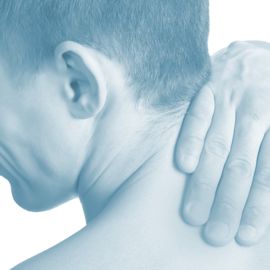Description
Sinus headaches can be the result of pressure in the sinus cavity due to sinusitis. Sinus headaches are also sometimes due to migraines or tension headaches that occur behind the eyes / sinuses.
Symptoms
- Pain / pressure around eyes
- Pain across cheeks and forehead
- Eye redness / eyelid swelling
Treatments
Treatment for migraines includes both over-the-counter and prescription medications and preventative medications for patients with severe or frequent headaches, or if headaches are present for more than 15 days per month. If a headache is the result of sinusitis, treatment of the underlying cause should help alleviate the pain.
